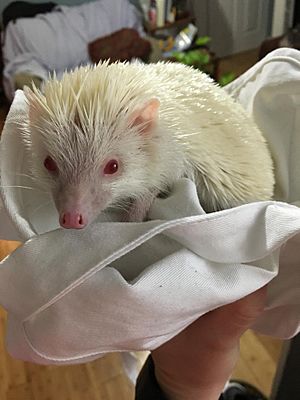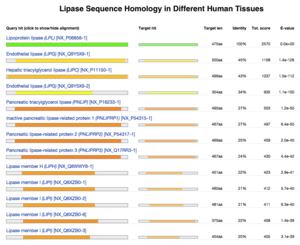Molecular evolution facts for kids
Molecular evolution is about how DNA, RNA, and proteins change over time. Think of it as evolution happening at a tiny, molecular level. These changes are what drive the bigger changes we see in living things.
This field of science started in the 1960s. Scientists from different areas, like molecular biology and evolutionary biology, wanted to understand how these tiny parts of life work and change. They looked at things like how enzymes (special proteins) got their jobs. They also studied how changes in DNA could act like a "molecular clock". This clock helps them figure out when different species split apart from each other.
Today, with new tools like genomics (studying all the DNA of an organism) and bioinformatics (using computers to understand biological data), we know even more. Scientists are learning about gene duplication, where a gene gets copied. They also study if changes happen because they help an organism (adaptation) or just by chance (genetic drift). They even look for molecular changes that affect things like how our bodies fight infection or how our brains work (cognition).
Tracing Life's Family Tree
Molecular systematics is a way to use DNA, RNA, or protein information. It helps scientists figure out the correct "family tree" of life, called phylogeny. It also helps them group living things correctly, which is called taxonomy. The goal is to place every creature in its right spot on the evolutionary tree. This makes sure their biological classification matches how they evolved.
This method has already changed how we classify many living things. Even the names for big groups of animals and plants have been updated. These names had been the same for over a hundred years!
Scientists can do this thanks to sequence analysis techniques. These techniques let them read the exact order of building blocks in DNA or RNA. It's still quite expensive to read all the DNA of an organism. But, scientists have already done this for hundreds of different species.
See also
In Spanish: Evolución molecular para niños



